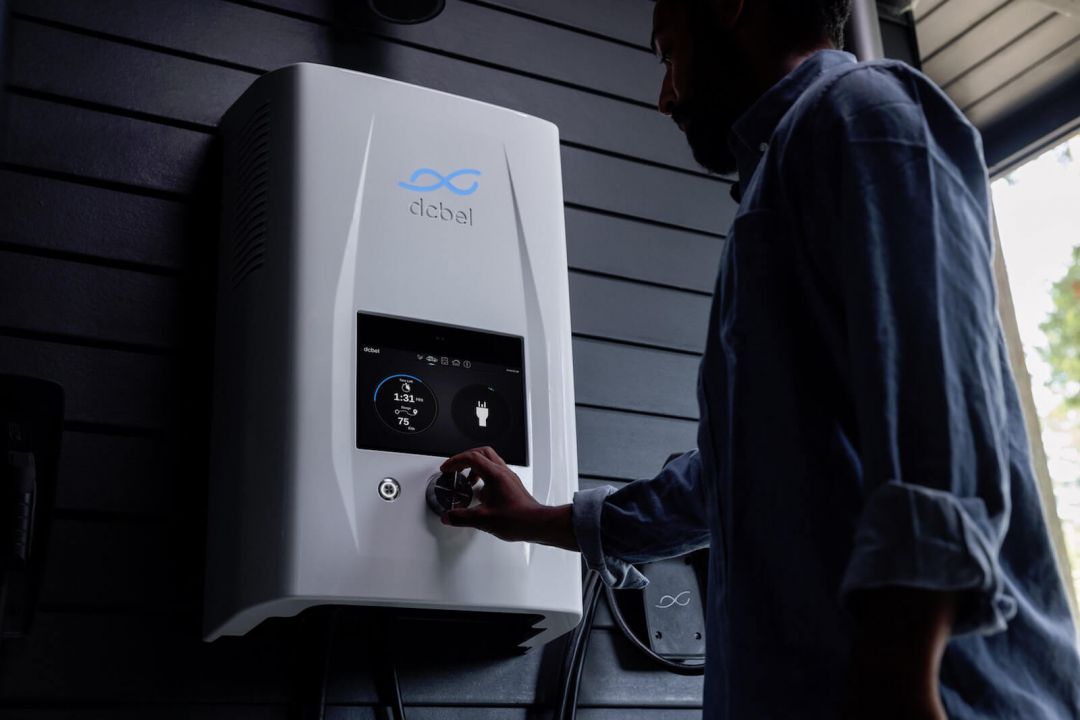Prevention is better than cure: this is a wisdom milestone that can be applied to anything - including cars. We know that maintenance is essential, and we are aware it is probably the primary factor that will help you keep your vehicle running for years to come.
Today, any potential long-term buyer of an EV has to contend with:
-
A higher initial investment cost to purchase the vehicle.
-
A charging infrastructure that could often look substandard in various areas of the UK (and the world).
-
The constant concern of having to replace expensive batteries at some point during the vehicle's life.
That's true: with an EV, instead of worrying about the gas engine and transmission, you will just have an excellent battery to take care of. And there are different types of EV batteries on the market - you can have a look in our Karfu article on EV batteries.
In the past decade, we have been aware that numerous ‘urban legends’ have spread, specifically regarding the plethora of issues associated with buying an electric vehicle; and in specific, these stories were related to the maintenance of a car battery. The only difference is that EV batteries are designed to last for the car's life. That became a particularly significant problem that led to a division between the lease and the purchase of the battery itself.
Over time, these 'legends' might have dissipated - but the fear of battery degradation remained. Lithium batteries nowadays are by far the most widely used on the market because they offer steady performances: and in fact, you will be able to find them in different objects in your flat. You may find them in your EV car, like your computer or cell phone; they will only change in size.
Different circumstances cause the degradation of these batteries, and they often consist of trickery that is missed. The rate is affected by several factors: these include high temperature, charge and discharge, the level of charge, the way the vehicle is kept. Understanding these factors can essentially help reduce the speed of battery failure and allow batteries to better serve their purpose. Let's have a look at these aspects in more detail.
Why do batteries degrade over time?
Most electric vehicles use lithium batteries. These are high-performance batteries, which degrade after a relatively large number of charge and usage cycles, and lose efficiency over time.
The average age of a battery is ten years: a considerable time frame that puts an EV in direct comparison with a combustion car, emphasising a somewhat similar lifespan of a vehicle.
Battery degradation will not cause differences in EV performance, only in its range: acceleration and refinement will remain virtually the same.
Don't fully discharge the battery.
The gradual degradation of the batteries doesn't depend on the usage time or the amount of km covered; ultimately, recharging affects the battery's performance. Every time the battery is recharged, a change in structure causes a weakening inefficiency.
Also, the optimal state of a battery should be around 50 per cent - so a charge below 10 per cent or above 90 per cent could damage your battery in the long term.
It is always best to recharge your battery if it is in a poor state of charge. But this is easier to remember, as it causes more concern in the short term you know you will be using your car every day. It is also important to remember to start the car for a drive when you have overcharged it. And, depending on the usage, plan to fully recharge your battery once in a while.
Large batteries last longer
A vehicle with a larger battery is less prone to battery degradation than a car with a smaller one. This means that you can travel at least twice as many kilometres before the battery degrades.
Park in a cool area
It is always a good choice to park your electric vehicle in shaded car parks, in areas with little sun and lower temperatures. Keeping your car in a cool place allows the vehicle to cool itself as soon as it is plugged in, regardless of the weather conditions.
If your car has a home charging point, consider charging it overnight: the low temperatures will be a boon during the plug-in time.
50% charged battery is a happy battery
If you do not intend to use your vehicle for long journeys over a prolonged period, or if you intend to use it locally by leaving it often in the garage, do not fully charge it. It is always a good choice to leave the battery at around 50 per cent charge, which will help keep the battery's performance intact in the long term.
Drive calmly
Harsh speeding and intensive use accelerate battery consumption. They also shorten the range between charges, so it is preferable to take your time. If possible, avoid extreme temperatures, which can reduce the battery life and performance.



